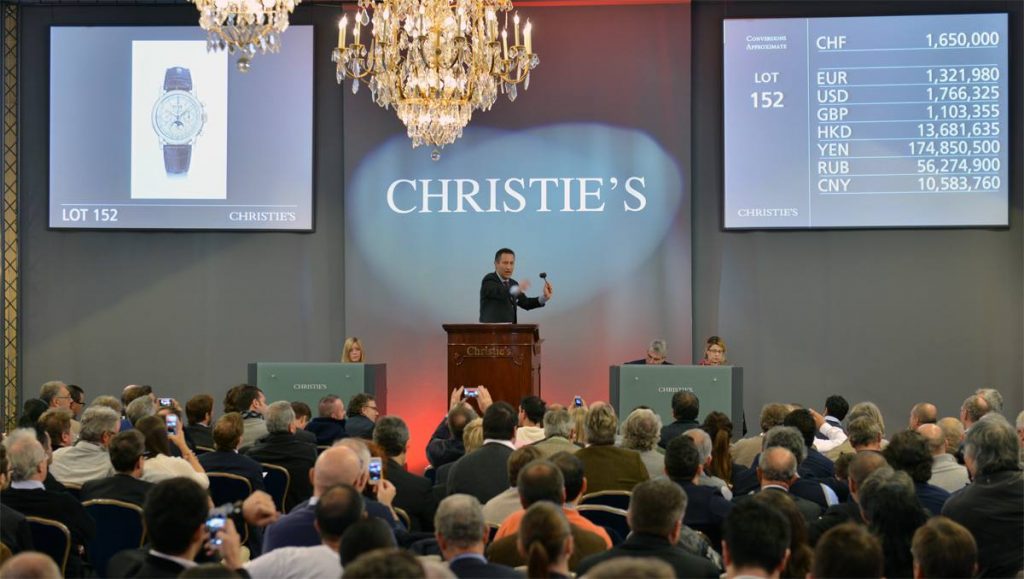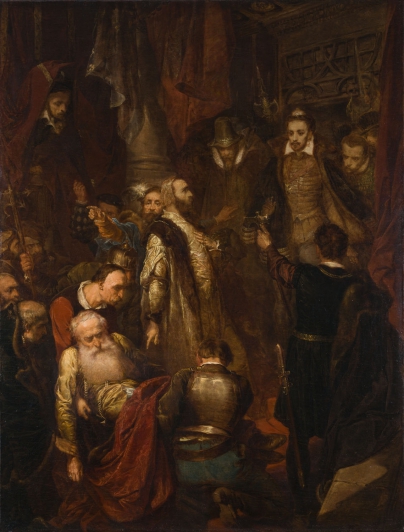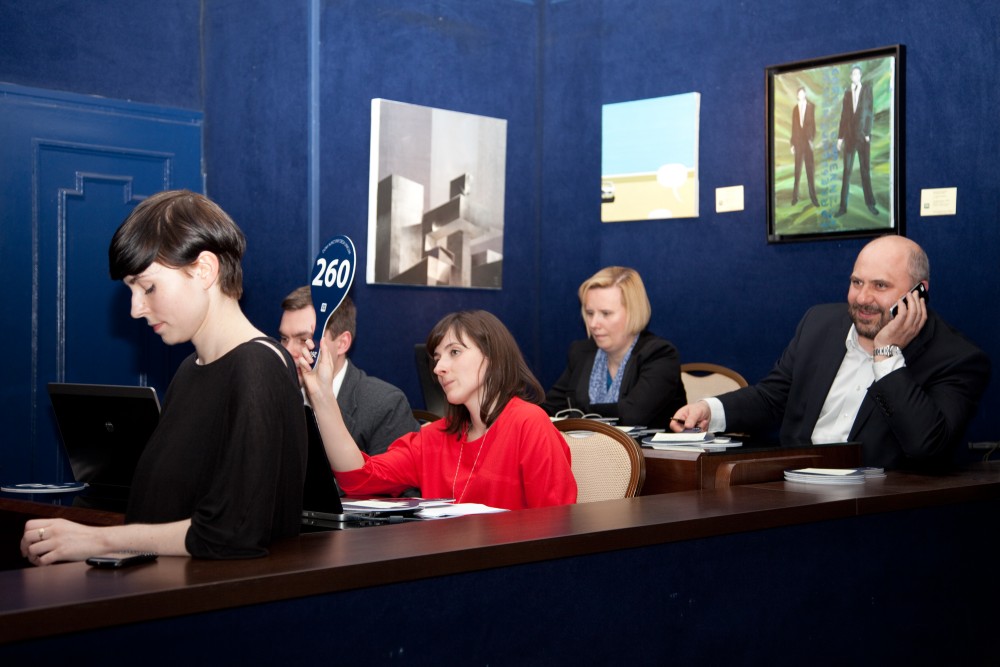By Martyna Małysiak
Andy Warhol, the leading artist of Pop Art movement, once said:
“Business art is the step that comes after art. I started as a commercial artist, and I want to finish as a business artist. Being good in business is the most fascinating kind of art. During the hippie era people put down the idea of business. They’d say ‘money is bad’ and ‘working is bad’. But making money is art, and working is art – and good business is the best art.”
This quote not only represents my obsession with Warhol, but also gets at the truth about art both as a business and one of the possible ways to invest your cash resources. Knowing that Andy Warhol has achieved his goal and his works are nowadays perceived as one of the most expensive in the world (his Eight Elvises from 1962 was sold for $100,000,000 to a private buyer in 2008), I was inspired to get to know the art business and auction business from the inside. As the target, I chose the biggest auction house in Poland, which is Desa Unicum, with its office in Warsaw. They have approximately 50-60 auctions per year, and their income is the largest in this particular market. The following high-profile auctions are held at this institution: 19th Century & Modern Art, Young Polish Artists, Post-War and Contemporary Art, Comic Art & Illustration, Art Outlet, Classic & Vintage Cars, Jewellery, Sculpture and Works on Paper.
During my internship I worked in every possible department in the whole company, starting with the warehouse, where the conservator taught me how to recognize a fake or corrected painting using UV light. I then made my way to the Valuation office, where the clients were bringing their pieces of art to ask if the auction house would be interested, and if so, how much money they would this specific painting or object to be worth. Finally, in the auction room, I got the chance to take an active part in the evening auction and bid.

Source: http://www.christies.com/
These few places were just the highlights of many other moments that I was able to experience at this institution. My supervisor also wanted to show me the outside world of art business, so he took me to the two of his external meetings. Firstly, we went to meet with a magazine that collects costumes and props from well-known 2016 Polish movies, to see if the chairman of the auction house would be interested in creating a special event to sell them. The second meeting was at the radio station Chilli Zet (whose office is, by the way, very close to one of the best restaurants in the city, Palmier – check it out if you ever visit Poland 🙂 ) where my supervisor had an interview about upcoming auctions.
There were many observations I made during these two months in the auction house; however the most important one was the fact that there were twice as many people at modern art and contemporary art auctions than at old masters ones. It was easily noticeable that more and more people are getting convinced by the idea of investing in contemporary art, and see in it a promising business plan for the future. The reason for this is the modern and constant richness of society.
On the other hand, since art business is still very young in Poland, people are not interested in buying expensive art pieces because they are afraid of investing in such unstable idea. Therefore, the Polish auction market is not the most profitable economic sector; nonetheless, there is definitely a bright future ahead. As an argument, let me mention here the historical moment that I witnessed this summer. On the 8th of June, there was an auction during which one of the masters, Jan Matejko’s, painting was sold for the biggest amount in Polish history, which was 3,200,000 PLN (748,555 EUR). Although we cannot compare this to the prices achieved by the works purchased at Sotheby’s or Christie’s, there is already a spectacular increase in the popularity of art consumption in Poland.
 Source: https://desa.pl
Source: https://desa.pl
I must say that my internship was a very fruitful experience, and I sincerely hope the word “Sold!” followed by a hammer strike will one day be spoken by me.
Martyna Małysiak, Class of 2018, is an Art History, Theatre and Media, and Philosophy major from Bielsko-Biała, Poland.
Featured image source: http://rynekisztuka.pl/

